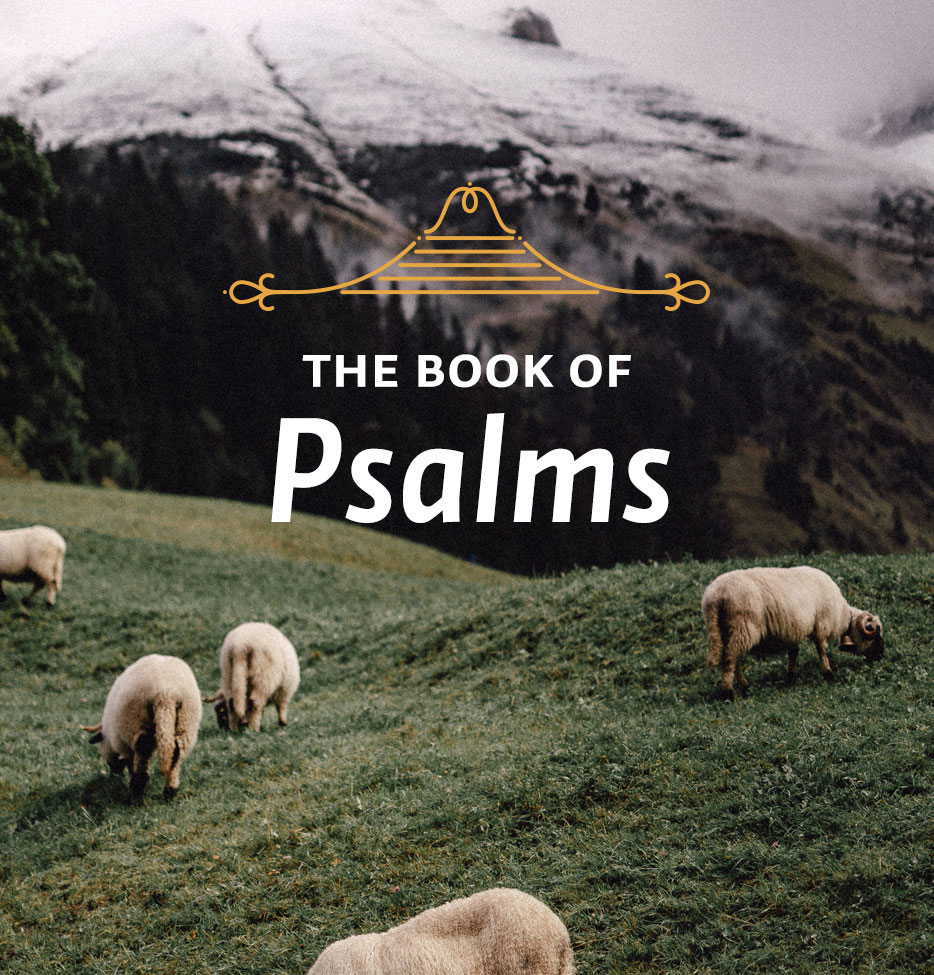Theme: The Psalmist’s Deliverance
In this week’s lessons we consider different reasons for which David offers thanksgiving as he reflects on God’s grace and faithfulness towards him.
Scripture: Psalm 18:1-24
Yesterday we looked at the first use of the image of a rock, which was that of providing protection and shade.
The second use of this image is to portray God as a refuge for his people. This idea is prominent in Psalm 18 because David is thinking of God’s protection during the years he was forced to hide from Saul and later Absalom. David knew every cranny, track and secret hiding place in the vast rocky wilderness. So when he fled to the rocks he knew that he would be safe in their protection. From the height of some great rock David could look down into the canyon below and watch as his enemies pursued him hopelessly.
The vision of David perched on some high rock suggests the third biblical use of this image: having a sure foundation beneath one’s feet. Here a rock is contrasted with mire and sand, as in Psalm 40:2: “He [God] lifted me out of the slimy pit, out of the mud and mire; he set my feet on a rock and gave me a firm place to stand.” Jesus used this image in the closing lines of the Sermon on the Mount in which he contrasted the person who builds his life on sand with the person who builds on rock. The person who builds on sand suffers the loss of everything when the rains come. His house is swept away. But the house that is built on rock stands firm against the rains, flood, wind and storm because “it had its foundation on the rock” (Matt. 7:25).3
Psalm 18 is one long testimony to the faithfulness of God in each of these aspects. He is a shelter, a stronghold and a firm foundation for all who build on him.
The next section of Psalm 18 is a longer one, encompassing verses 4-19. It is the first of two sections in which David tells what God did for him. The second, which we will examine in the next study, embraces verses 30-45.
David begins by recalling his former deadly perils because of his enemies (vv. 4-6), and at once we are reminded of the psalm which precedes this one, Psalm 17. In the previous psalm David speaks of his enemies tracking him down and surrounding him so he cannot escape, intending to overthrow him and devour him like a lion hungry for prey. But in this psalm he speaks differently, saying, “The cords of death entangled me; the torrents of destruction overwhelmed me, the cords of the grave coiled around me” (vv. 4, 5). But it is exactly the same thing. Moreover, each psalm describes David responding in the same way in his distress. Psalm 18 says, “In my distress I called to the Lord, I cried to my God for help” (v. 6). In Psalm 17 he is doing it: “Hear, O LORD, my righteous plea; listen to my cry. Give ear to my prayer (v. 1).
What is most impressive about this section of Psalm 18 is the magnificent way the psalmist describes God rising from his throne in heaven in response to his servant’s cry, parting the clouds and descending to fight the king’s battles accompanied by earthquakes, thunder, storms and lightening. This is highly poetical writing. (The second long section of the psalm, verses 30-45, describes the same deliverance in more natural terms and from the king’s own perspective.) So far as we know, David never experienced a literal display of God’s presence in these exalted ways. But this does not mean that David is merely making these things up. A careful comparison will show that these terms are borrowed from the accounts of God’s self-manifestation in Egypt, at Sinai, and during the days of Joshua and the judges.
Study Questions:
The first use of the image of a rock is for protection and shade. Describe the two other biblical uses of the rock image.
What is David’s intention in the second section of this psalm when he alludes to past experiences that others in biblical history have had with God?
Application: Are you crying out to the Lord for help in a certain area and are growing discouraged in waiting for an answer? Do not give up, but persevere in expressing your dependence and confidence in the Lord to act in the best way and at the right time.
3See E. M. Blaiklock, “New Light on Bible Imagery: The Rock,” Eternity, June 1966, pp. 28, 29.






